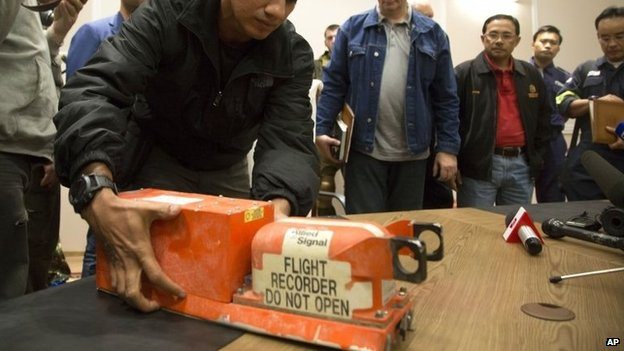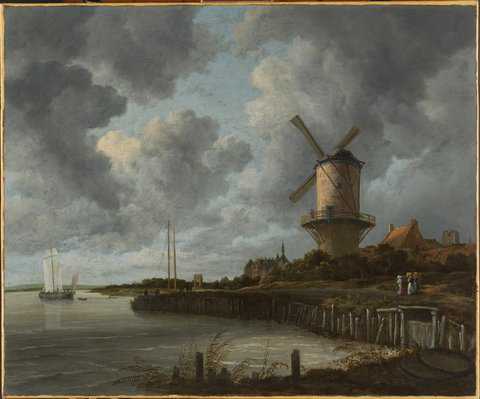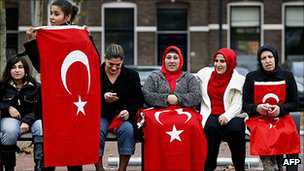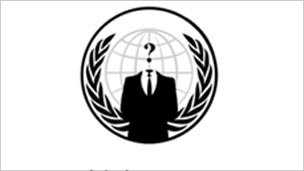British air accident investigators will retrieve data from the black boxes of crashed flight MH17, UK Prime Minister David Cameron has said.
According to BBC this follows a request by authorities in the Netherlands, where the Malaysia Airlines plane flew from before crashing in Ukraine.
The experts, based at Farnborough, will download data from the flight recorders for “international analysis”.
Some 298 people, including 10 Britons, were killed in the crash.
Mr Cameron tweeted: “We’ve agreed Dutch request for air accident investigators at Farnborough to retrieve data from MH17 black boxes for international analysis.”
Downing Street said information retrieved would be sent on to a Dutch and Ukrainian team for analysis.
The announcement comes after Foreign Secretary Philip Hammond joined other EU ministers in Brussels for talks about the shooting down of the Boeing 777-200 airliner in eastern Ukraine last Thursday.
Special room
The Air Accidents Investigation Branch (AAIB) confirmed it would be working on the flight recorders which have been handed over by pro-Russian rebels.
Malaysian Colonel Mohamed Sakri, who received the MH17 black boxes, said they were in the hands of the Dutch military and would be taken to the UK.
Analysis
Jonathan Sumberg, BBC transport reporter
Why are the black boxes being examined in the UK? The British Air Accidents Investigation Branch (AAIB) tell me they are one of only two so-called “replay units” in Europe with the necessary equipment to listen to what has been recorded on the cockpit voice recorder. The other is in France.
They have the kit to analyse in minute detail what can be heard in the last few minutes of flight MH17. The information is incredibly sensitive so investigators gather in a sealed room so that only those who should be listening can listen.
There are four speakers on the walls creating a surround sound – anything to help the investigators hear exactly what went on. They may even hear any explosion.
The AAIB will not tell me when they expect to get their hands on the black boxes. But investigators are confident that, depending on the extent of the damage, they can retrieve information from the boxes within 24 hours.
One of the boxes records technical information relating to the performance of the aircraft and the other takes down sounds such as pilots’ voices and, potentially, an explosion.
BBC transport reporter Jonathan Sumberg said it was unclear how useful the recorders would be.
Investigators will be able to collect information as long as there is no damage to the black boxes, which are designed to withstand a plane crash.
One former AAIB investigator told the BBC that the cockpit recorder might be able to detect the sound of shrapnel, which would distinguish between an explosive and something like engine failure.
BBC transport correspondent Richard Westcott said he had visited the room at Farnborough where the work is to be carried out.
He said: “It’s quite a phenomenal kind of laboratory where they go in. They seal the door, no-one can have any kind of device that will listen in to the conversation in the cockpit – because it’s obviously incredibly stressful if something like that gets out for families and so on – and then they will listen to what was actually happening on board.”
He added: “We were always going to be involved as a country, this is us doing our bit because we’ve got the right facilities.”
David Gleave, an aviation safety researcher at Loughborough University, said he did not think the data could have been tampered with, as has been suggested, in such a short space of time.
“In this case, if it was a missile attack, it’s likely there’ll also be lots of physical evidence so how would you remove that or tamper with it? There’s no point tampering with the boxes if you couldn’t remove the physical evidence as well,” he said.
Victim identification
Dutch Prime Minister Mark Rutte said a train carrying the bodies bodies of those who had died had arrived in Kharkiv, which is outside rebel territory in Ukraine, and the black boxes destined for the UK were on board.
Dutch officials later said that only 200 bodies had arrived in Kharkiv – not 282 as claimed by the rebels.
The first aircraft containing bodies are expected to arrive in Eindhoven on Wednesday.
A Metropolitan Police-led team of officers will go to the Netherlands to help with the process of identifying the victims.
Western leaders accuse Russia of arming the rebels, and believe they shot down flight MH17 with a ground-to-air missile.
But Russia has suggested Ukrainian government forces are to blame.
Experts who have visited the crash scene so far include four from the Ukrainian civil aviation department, one from Malaysia Airlines, two from Malaysia’s department for civil aviation and three Dutch pathologists, according to Michael Bociurkiw of the Organization for Security and Co-operation in Europe.
Mr Hammond said EU ministers had agreed to a “clear political commitment to act in response to this outrage” by drawing up a list of people close to the Russian leadership who would be subject to sanctions.
“The cronies of Mr Putin and his clique in the Kremlin are the people who have to bear the pressure because it is only them feeling the pressure that will in turn put pressure on the Russian government,” he said.
“If the financial interests of the group around the leadership are affected the leadership will know about it.”




